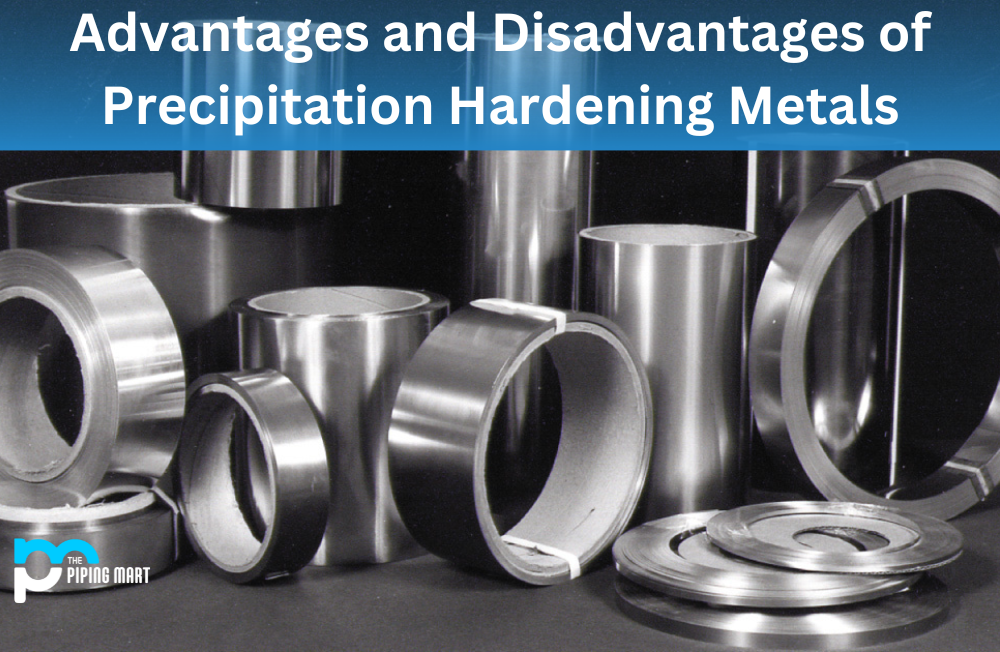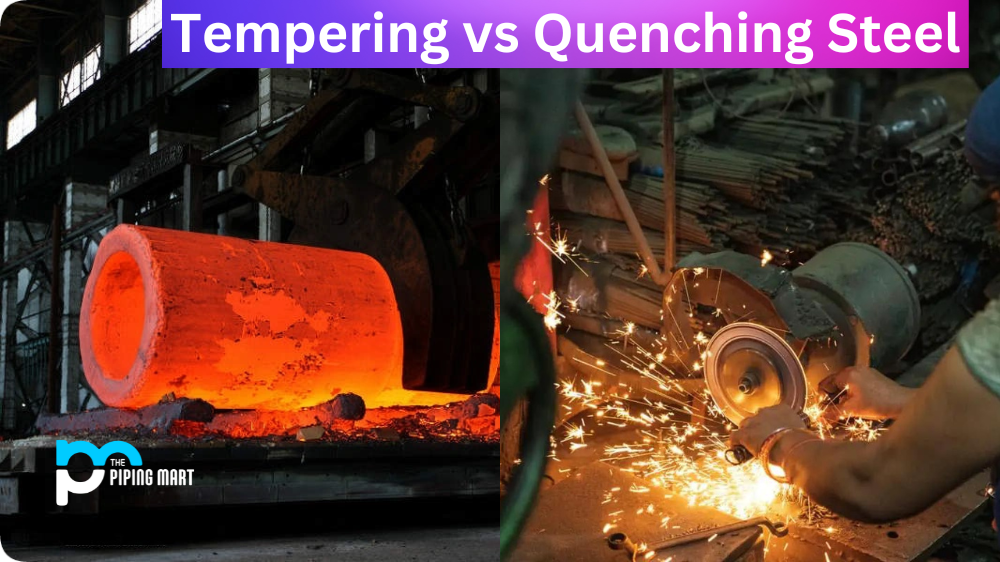Gas welding is a type of welding process that uses combustible gases to join two pieces of metal. This technique is prevalent in many industries, from automotive repair to fine art fabrication. It’s relatively easy to learn and can be completed with minimal equipment and supplies. In this blog post, we’ll look at the basics of gas welding and all the available types.
Types of Gas Welding
Shielded Metal Arc Welding (SMAW)
This type of gas welding is also known as “stick” welding and is one of the most common types used by welders. It combines an electric arc with flux-coated rods, which help protect the weld area from contaminants while providing additional heat to ensure a quality joint between two pieces of metal. The rods come in different sizes depending on the thickness of the material being joined, so it’s essential to select the right size for your project. SMAW is generally used for thick sections of steel or other metals that require higher temperatures for joining.
Gas Metal Arc Welding (GMAW)
Also known as MIG (Metal Inert Gas) welding, GMAW is similar to SMAW but utilizes wire electrodes instead of rods. As with SMAW, GMAW relies on electric arcs to generate heat for joining two pieces together; however, it uses a continuous feed wire that melts onto the base metal as it passes through an electric arc. This makes GMAW suitable for thinner materials that don’t require as much heat for joining. It’s also often used in more complex projects where accuracy and speed are essential factors. Additionally, with GMAW, there’s no need to clean up after each weld since there’s no flux residue left behind like there is with SMAW welding.
Oxy-Acetylene Welding (OAW)
OAW is one of the oldest forms of gas welding, and relies on oxygen and acetylene gases to create an intense heat source that can quickly melt metals together. This type of gas welding requires precise control over both gases (oxygen helps make the flame hotter while acetylene provides fuel) so that they mix correctly before igniting them into a scorching flame capable of melting metals quickly without damaging them in any way. OAW is primarily used for light-gauge steel but can also be used on aluminium, copper, brass, cast iron, and other nonferrous metals when speciality tips or attachments are explicitly designed for those materials.
Conclusion:
No matter what kind of project you’re working on—from automotive repair to fine art fabrication—gas welding has something to offer you! From Shielded Metal Arc Welding (SMAW), which works best on thick sections requiring higher temperatures; Gas Metal Arc Welding (GMAW), which works excellent on thinner materials needing less heat; or Oxy-Acetylene Welding (OAW), which can work on a variety of metals including aluminium and brass; these three types provide different benefits depending upon your needs. With just a few supplies like flux-coated rods or special attachments needed depending upon the type you choose – gas welding may be what you need! So if you’re looking for an easy yet effective way to combine two pieces, give gas welding a try!
Meet Heer, a dynamic and driven writer learning tricks of her trade in the metal industry. With a background in Digital Marketing, Heer brings a unique perspective to her writing, sharing valuable insights. Apart from blogging she like reading and hiking.




